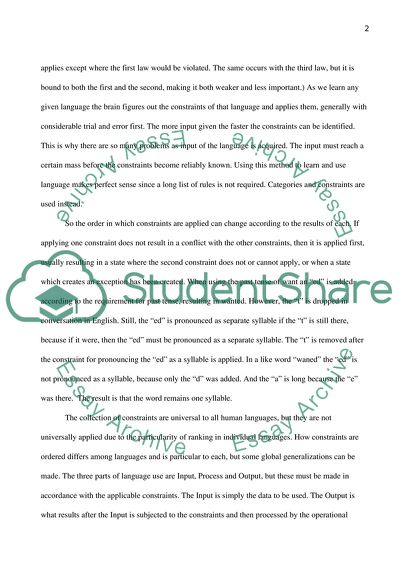Cite this document
(English Phonology and Constraint Based Phonology Coursework Example | Topics and Well Written Essays - 2500 words, n.d.)
English Phonology and Constraint Based Phonology Coursework Example | Topics and Well Written Essays - 2500 words. https://studentshare.org/humanitarian/1818790-english-phonology-and-constraint-based-phonology
English Phonology and Constraint Based Phonology Coursework Example | Topics and Well Written Essays - 2500 words. https://studentshare.org/humanitarian/1818790-english-phonology-and-constraint-based-phonology
(English Phonology and Constraint Based Phonology Coursework Example | Topics and Well Written Essays - 2500 Words)
English Phonology and Constraint Based Phonology Coursework Example | Topics and Well Written Essays - 2500 Words. https://studentshare.org/humanitarian/1818790-english-phonology-and-constraint-based-phonology.
English Phonology and Constraint Based Phonology Coursework Example | Topics and Well Written Essays - 2500 Words. https://studentshare.org/humanitarian/1818790-english-phonology-and-constraint-based-phonology.
“English Phonology and Constraint Based Phonology Coursework Example | Topics and Well Written Essays - 2500 Words”. https://studentshare.org/humanitarian/1818790-english-phonology-and-constraint-based-phonology.


